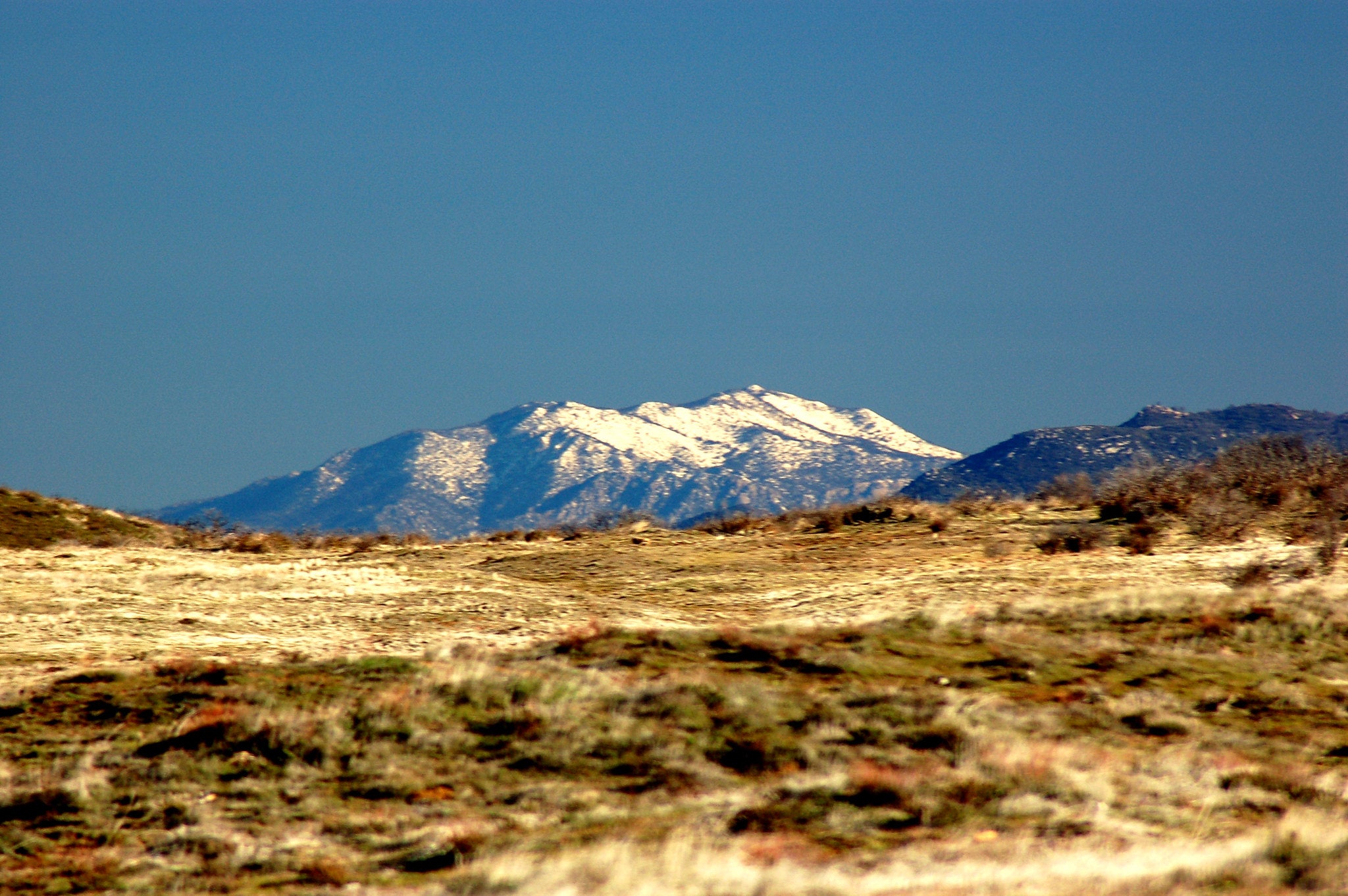In Most Years, Hiking the Pacific Crest Trail Is a Challenge. In 2020, It's a Bad Idea

'lhogue46'
With their icy, remote slopes, California’s San Jacinto Mountains are one of the first challenges that Pacific Crest Trail thru-hikers face on their journey north. And in late March, as sections of the trail shut down and authorities urged hikers to head home, they were the site of a cluster of close calls—and a tragedy.
On March 27 and 28, SAR crews performed three rescues and a recovery, drawing more than 50 personnel in total, as well as 2 helicopters, 5 fire engines, and an ambulance.
The first rescue was triggered by an emergency call from an InReach on March 27th. Eric Holden, president of the Riverside Mountain Rescue Unit, said that the subject had taken a 100-foot slide down an ice chute, and had to spend the night under a rock. But during that rescue, SAR workers realized he wasn’t the only person who needed help.
“As we were getting to [the first subject], we ran into another person who had slid about 50 feet down a chute,” Holden said. “These were both PCT hikers.”
That same day, a Cal Fire helicopter and rescue crews found the body of a hiker who had passed away after falling 600 feet down an icy chute. His companions, too scared to continue hiking down the steep, icy trail, had tied themselves to trees on the mountainside. The next day, Cal Fire dispatched another helicopter to rescue two more hikers, who had also become trapped on a slick section of trail.
March’s incidents come as long-distance hikers confront the fact that their activity of choice has become ethically dubious in light of COVID-19. Besides risking their lives and those of rescue personnel should they get into trouble, hikers run the risk of spreading the disease to SAR workers and rural trail communities that don’t necessarily have the equipment or medical system to effectively handle an outbreak. That was why the Pacific Crest Trail Association told hikers to abandon their treks on March 19.
“It became pretty obvious to us that hikers on trail represent a real risk along the PCT as well as to other hikers,” said Scott Wilkinson, the director of communications and marketing for the PCTA.
But although the PCTA is discouraging hikers from hiking during the pandemic, Wilkinson notes that the association does not have the authority to legally bar people from the trail.
“We have gotten hundreds of requests from people asking to close the trail and cancel the permits,” he said. “That’s entirely in the hands of the federal agency partners like the National Park Service and the US Forest Service. Our partners are very aware of what is going on. In the end, they’re not as nimble as a smaller organization like us. It’s not easy to make instant changes and decisions.”
On March 31, the PCTA went a step further and removed all reference materials from their site, including information about current trail closures and detours.
“We are officially letting the community know that in no way, shape or form do we support anyone being on trail,” the group said in a statement on its website.
National parks around the country, as well as all Forest Service trailheads and facilities in Oregon and Washington are closed for the time being, including extensive sections of the Pacific Crest Trail. As the US Forest Service points out, PCT Permits are “valid only on public lands that are open for travel,” so it’s impossible to legally complete the trail at this time.
The current pandemic only exacerbates the danger for rescuers, who don’t have the luxury of maintaining social distance from their patients. If a COVID-positive hiker gets in over their head, in the San Jacintos or anywhere else, the personnel who evacuate them are more or less certain to be exposed.
“If you elect to hike, you need to get conditions on the mountains before you enter them. Every year we have to rescue people up there with super ultralight backpacking tents,” Holden said.
In normal years, rescues involve a lot of risk and a tremendous amount of resources. With coronavirus continuing to spread, first responders now have to mentally budget for the risk of falling ill themselves, Jody Hagemman, Cal Fire’s Senior Public Information Specialist pointed out.
“Residents, visitors and recreation seekers are being told to stay home to do their part in not spreading the virus, she said. “Hikers and backpackers who decide to forego the warning are not only putting themselves and the public at risk; they are placing our first responders at risk,” she said.